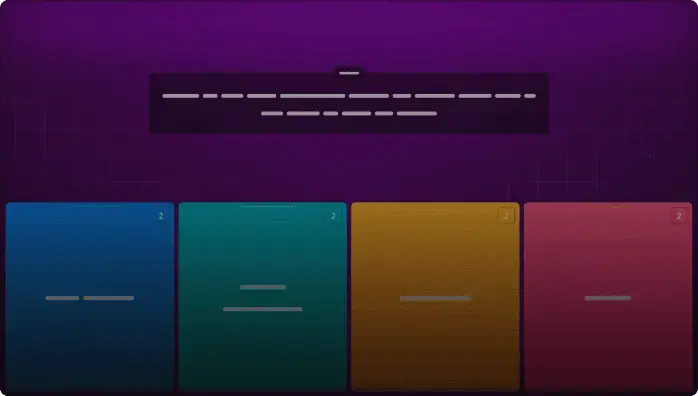
Elements of Music - Pretest
Assessment
•

Joshua Traum
•
Arts
•
8th - 9th Grade
•
43 plays
•
Hard
Student preview

25 questions
Show answers
1.
Multiple Choice
In music, what is Melody?
The main line or 'tune' of a song. The part you can sing along to.
The Chords of a song in the background.
The beat of a song, that makes you want to dance.
A Disney Princess.
2.
Multiple Choice
What is Harmony?
When people are nice to each other.
The main line or 'tune' of a song. The part you can sing along to.
The relationship between two or more notes played together.
Middle C.
3.
Multiple Choice
What is Rhythm?
Boots n' Cats n' Boots n' Cats n'...
The beat, groove, timing, and speed of music.
The drum kit.
When you play lots of notes really fast.
4.
Multiple Choice
What is Instrumentation?
How you play a note.
How loud or soft you play.
The layout of a song (Verse, Chorus, etc.)
The instruments used in a song or arrangement.
5.
Multiple Choice
What is Articulation?
How you play a note.
How loud or soft you play.
The layout of a song (Verse, Chorus, etc.)
The instruments used in a song or arrangement.
Explore all questions with a free account
Find a similar activity
Create activity tailored to your needs using
.svg)

The Elements of Music
•
6th - 8th Grade

2018-2019 - Unit 1: Elements of Music - Unit Review
•
8th Grade

Elements of Music
•
6th - 8th Grade

Elements of Music
•
7th - 8th Grade

Elements of Music Assessment
•
8th Grade

The Elements of Music
•
9th - 12th Grade

Elements of Music (QCAA)
•
7th - 12th Grade

Elements of Music
•
9th Grade